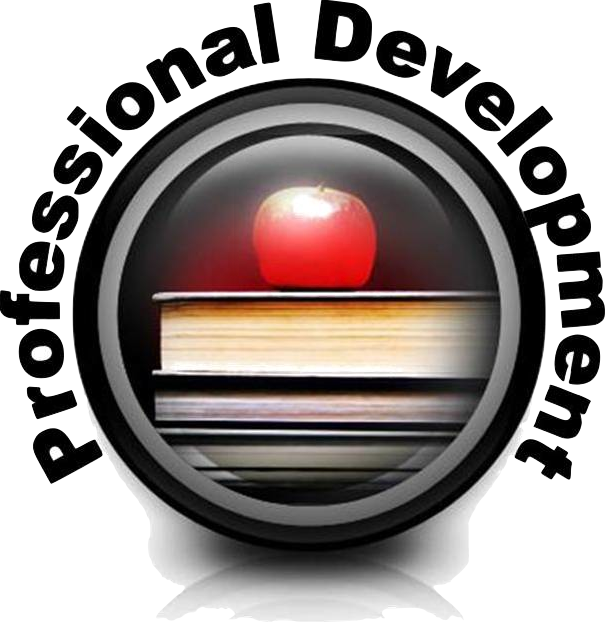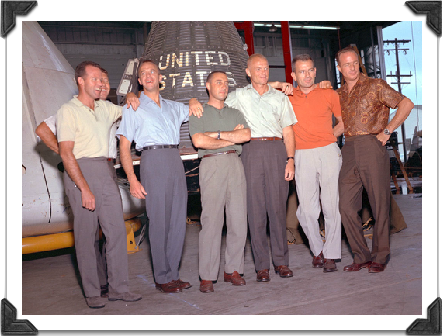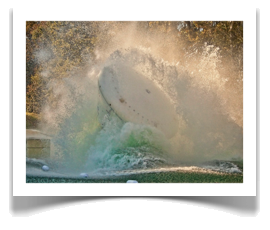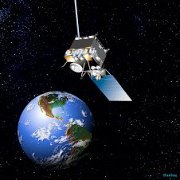 Dr. Norman W. Schaeffler, a NASA aerospace research engineer, describes how wind tunnels work and how aircraft designers use them to understand aerodynamic forces.
Dr. Norman W. Schaeffler, a NASA aerospace research engineer, describes how wind tunnels work and how aircraft designers use them to understand aerodynamic forces.
Link to the NES Virtual Campus home page.
 Dr. Norman W. Schaeffler, a NASA aerospace research engineer, describes how wind tunnels work and how aircraft designers use them to understand aerodynamic forces.
Dr. Norman W. Schaeffler, a NASA aerospace research engineer, describes how wind tunnels work and how aircraft designers use them to understand aerodynamic forces.
Link to the NES Virtual Campus home page.
 |
Electrolysis of Water: Math and Science @ Work — A Breath of Fresh Air Web Seminar: As part of a series of electronic professional development experiences for educators, NASA Explorer Schools and the National Science Teachers Association are hosting a 90-minute live professional development Web seminar for educators on Feb. 21, 2011, at 8:15 p.m. EST. Learn how to implement a chemistry lab activity called “A Breath of Fresh Air.” During the activity, students create their own electrolysis apparatus to generate oxygen and use a Texas Instruments TI-Nspire calculator to collect data. Note: You do not need to have a TI-Nspire calculator during this professional development. For more information and to register online, visit http://learningcenter.nsta.org/products/symposia_seminars/NES2/webseminar13.aspx. |
 |
Linear Regression: Exploring Space Through Math — Space Shuttle Ascent Web Seminar: As part of a series of electronic professional development experiences for educators, the NASA Explorer Schools and Learning Environments and Research Network, or LEARN, Projects are hosting a 60-minute live professional development Web seminar for educators on Feb 22, 2012, at 8 p.m. EST. Discover how you can use the Space Shuttle Ascent activity to construct a knowledge bridge for your students between the algebra concepts they learn in your classroom and space exploration. For more information and to register online, visit https://digitalmedia.wufoo.com/forms/nes-webinar-registration-linear-regression/. |
 |
Engineering Design Challenge: Spacecraft Structures Web Seminar: As part of a series of electronic professional development experiences for educators, the NASA Explorer Schools project and the National Science Teachers Association are hosting a 90-minute live professional development Web seminar for educators on Feb. 23, 2012, at 6:30 p.m. EST. Learn how to incorporate the excitement of rocketry into your classroom during this Web seminar and receive an overview of the student engineering design challenge, Spacecraft Structures, where students design and construct a strong, but lightweight, structure that can withstand the launch of a water bottle “rocket.” For more information and to register online, visit http://learningcenter.nsta.org/products/symposia_seminars/NES2/webseminar14.aspx. |
 NASA commemoration of 50 years of Americans in orbit begins today with an interactive feature on http://1.usa.gov/wkFMVw.
NASA commemoration of 50 years of Americans in orbit begins today with an interactive feature on http://1.usa.gov/wkFMVw.
NASA Explorer Schools Educator Joan Labay-Marquez from Curington Elementary had her fourth-grade students construct a robotlike hand out of cardboard to apply what they have learned about the engineering design process.
NASA’s Associate Administrator for Education and two-time space shuttle astronaut Leland Melvin’s Black History Month message reflects on space-related milestones of the past and challenges viewers to use their talents to inspire today’s youth to future achievement.

 Orion, NASA’s next deep space exploration vehicle, is designed to carry astronauts into space, provide emergency abort capability, sustain the crew during space travel and ensure safe re-entry and landing.
Orion, NASA’s next deep space exploration vehicle, is designed to carry astronauts into space, provide emergency abort capability, sustain the crew during space travel and ensure safe re-entry and landing.
Tests simulated different water landing scenarios. The tests took into account different vehicle velocities, parachute deployment systems, entry angles, sea states and wind conditions Orion could face when landing in the Pacific Ocean.
 In the Weather and Climate: Satellite Meteorology lesson, students learn how to use real-time satellite data provided by Geostationary Operational Environmental Satellites. GOES helps scientists uncover the secrets of how hurricanes form, travel, strengthen and, ultimately, how they impact us all. 2011 was an especially active year for tropical storms. Enhance your meteorology lessons with GOES videos featuring the 19 tropical cyclones that formed in the 2011 hurricane season.
In the Weather and Climate: Satellite Meteorology lesson, students learn how to use real-time satellite data provided by Geostationary Operational Environmental Satellites. GOES helps scientists uncover the secrets of how hurricanes form, travel, strengthen and, ultimately, how they impact us all. 2011 was an especially active year for tropical storms. Enhance your meteorology lessons with GOES videos featuring the 19 tropical cyclones that formed in the 2011 hurricane season.
Link to the NES Virtual Campus home page.
![]() Join NES for a live video chat on Feb. 8, 2012 from 1:30 – 2:30 p.m. EST to celebrate National Black History Month with a panel of five NASA engineers and scientists. The chat room opens at 1:15 EST.
Join NES for a live video chat on Feb. 8, 2012 from 1:30 – 2:30 p.m. EST to celebrate National Black History Month with a panel of five NASA engineers and scientists. The chat room opens at 1:15 EST.
 Students of NASA Explorer Schools educator Dennis Hagen-Smith from Toluca Lake Elementary School completed the Balloon Rocket Experiment from the lesson Newton’s Laws of Motion: Lunar Nautics. This activity is a simple demonstration of rocket staging first proposed by Johann Schmidlap in the 16th century. Hagen-Smith’s students learned how rockets achieve greater distances through staging. They also found out that it takes an enormous amount of energy to boost an object into space.
Students of NASA Explorer Schools educator Dennis Hagen-Smith from Toluca Lake Elementary School completed the Balloon Rocket Experiment from the lesson Newton’s Laws of Motion: Lunar Nautics. This activity is a simple demonstration of rocket staging first proposed by Johann Schmidlap in the 16th century. Hagen-Smith’s students learned how rockets achieve greater distances through staging. They also found out that it takes an enormous amount of energy to boost an object into space.
Link to the NES Virtual Campus home page.